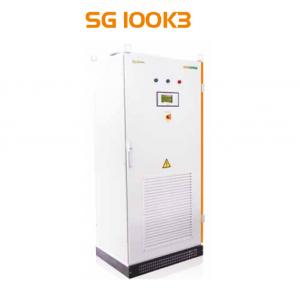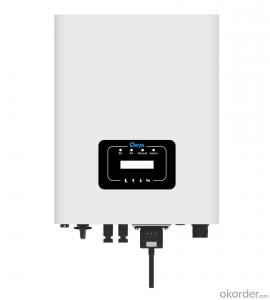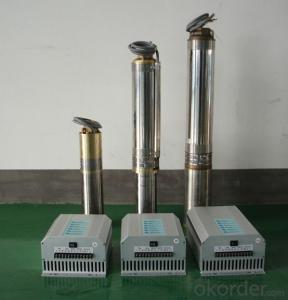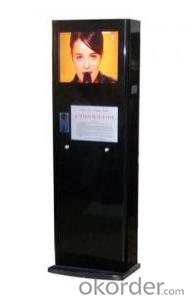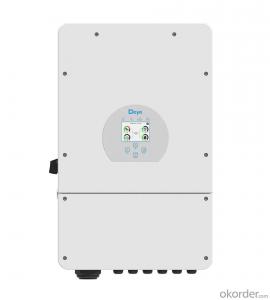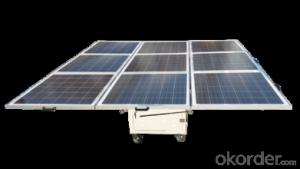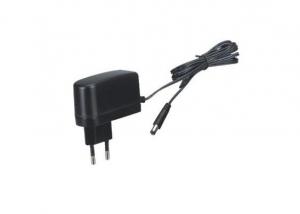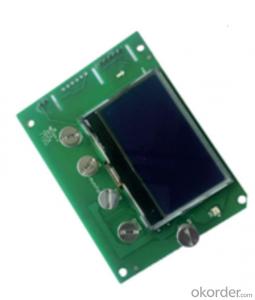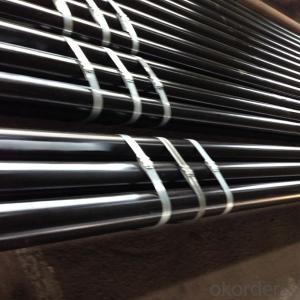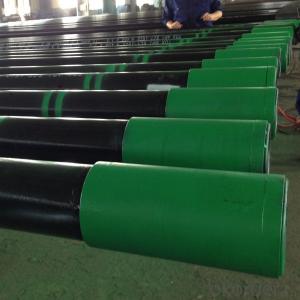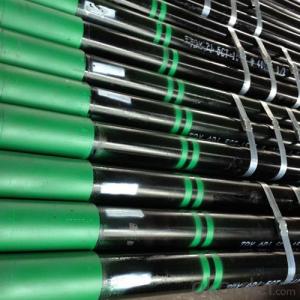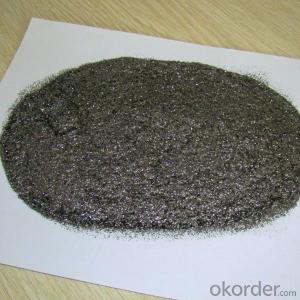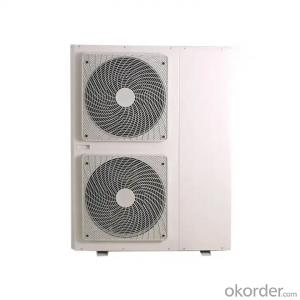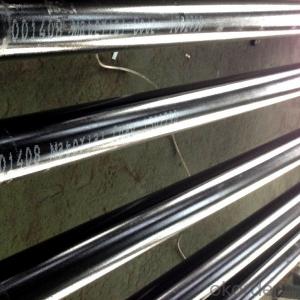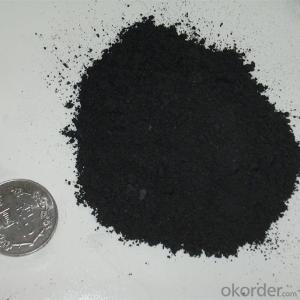Mpp Solar Inverter 12v
Mpp Solar Inverter 12v Related Searches
Mpp Solar Power Inverter 12v Mppt Solar Inverter Mpp Solar Inverter Mppt Solar Inverter 12 Volt Mpp Solar Inverter 48v Mpp Solar Charger Inverter Mpp Solar 48v Inverter Mpp Solar Hybrid Inverter Mpp Solar Inverter Charger Mpp Solar Inverter Price 12v Solar Power Inverter 12v Solar Inverter Solar Power Inverter 12v Mppt Solar Power Inverter Mppt Solar Inverter 12 Volt Solar Inverter 12v Solar Panel Inverter Mppt Solar Inverter 24v Mpp Solar Inverter Manual Mppt Inverter Solar Mppt Solar Inverter 48v 12kw Solar Inverter 24v Mppt Solar Inverter 12kw Inverter Solar Solar Inverter 12kw 24 Volt Mppt Solar Inverter 12 Volt Solar Panel Inverter Mpp Solar Inverter Problems 12 Kw Solar Inverter 12v Hybrid Solar InverterMpp Solar Inverter 12v Supplier & Manufacturer from China
Mpp Solar Inverter 12v is a high-quality solar power conversion device that is designed to efficiently convert solar energy into usable electricity for various applications. This product is equipped with advanced Maximum Power Point Tracking (MPPT) technology, which ensures optimal energy extraction from solar panels under varying sunlight conditions. The Mpp Solar Inverter 12v is engineered to provide reliable and consistent power output, making it an ideal choice for both residential and commercial solar power systems.The Mpp Solar Inverter 12v is widely used in various scenarios where a stable and clean power source is required. It is commonly employed in off-grid solar systems, where it helps to power homes, businesses, and remote locations without access to the main power grid. Additionally, this product is also utilized in grid-tied solar systems, where it works in conjunction with the utility grid to supply electricity to homes and businesses. The Mpp Solar Inverter 12v is also suitable for use in backup power systems, ensuring a continuous power supply during grid outages or power failures.
Okorder.com is a leading wholesale supplier of Mpp Solar Inverter 12v, offering a vast inventory of this product to cater to the diverse needs of customers worldwide. As a reputable online platform, Okorder.com ensures that customers receive top-quality products at competitive prices, along with exceptional customer service and support. By partnering with Okorder.com, customers can be confident that they are acquiring a reliable and efficient solar inverter solution for their energy needs.
Hot Products







